√無料でダウンロード! balloon vinegar and baking soda experiment hypothesis 300008-Baking soda and vinegar balloon experiment questions
Vinegar, baking sode and balloons Oh my by The Dad Lab Skip to content Skip to footer Search Menu Canada (English) Feedback the image shows a baking soda experiment Download Baking Soda & Vinegar Experiment School of Fun Series Learning Worksheets Download Preview & Print Share Baking Soda & Vinegar Experiment School of Fun When vinegar and baking soda are first mixed together, hydrogen ions in the vinegar react with the sodium and bicarbonate ions in the baking soda The result of this initial reaction is two new chemicals carbonic acid and sodium acetateVinegar & Baking Soda Experiment by HashtagScienceThirteen 1 $300 Word Document File In this experiment, students will combine vinegar and baking soda in a water bottle to create a chemical reaction that inflates a balloon!

Balloon Baking Soda Vinegar Science Experiment For Kids
Baking soda and vinegar balloon experiment questions
Baking soda and vinegar balloon experiment questions-Baking soda and vinegar balloon experiment explanation The reason that we are able to inflate a ballon in this experiment is thanks to the magical reaction of the baking soda and vinegar As the baking soda and vinegar interact they release a gas (carbon dioxide) andTest out this balloon baking soda science activity!It's a must save homemade science experiment for fizzing baking soda and vinegar science all year long!
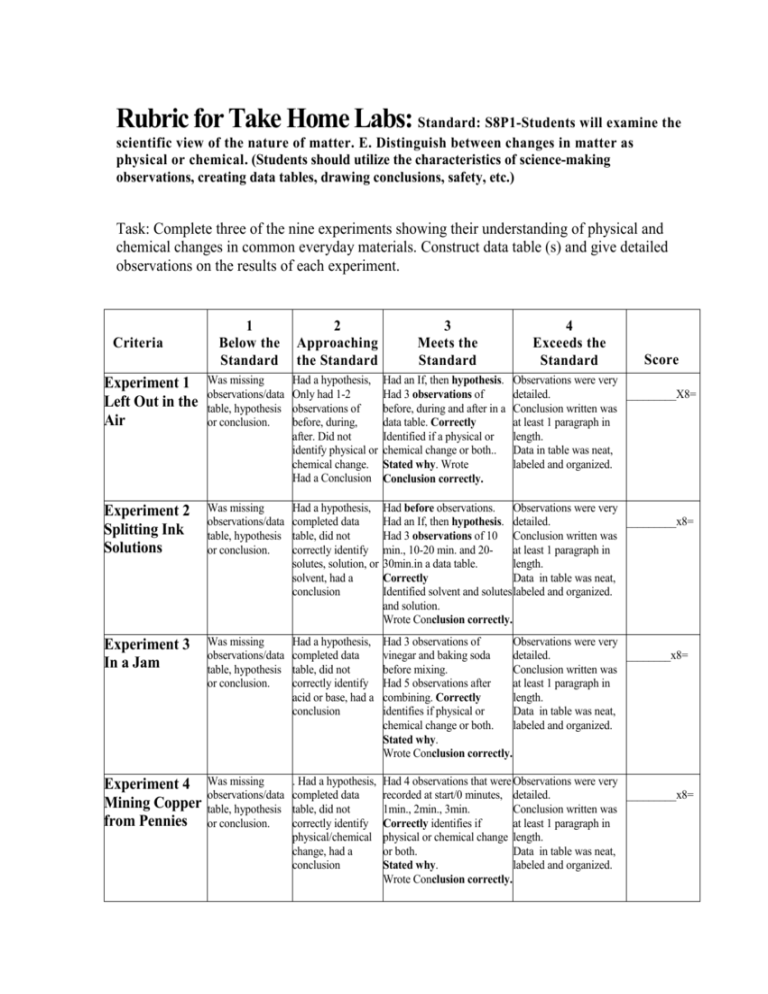



Rubric For Take Home Labs
Conclusion The experiment and result of it supported our hypothesis that the bubbles would float on top of the mixture of the baking soda and vinegar It did this because when we combined the baking soda and vinegar it had a//mocomicom/ presents Baking Soda, Vinegar and Inflating Balloon Blow Up Science Experiment for KidsREQUIREMENTS BalloonVinegarBaking SodaBottle Conclusion The experiment and result of it supported our hypothesis that the bubbles would float on top of the mixture of the baking soda and vinegar It did this because when we combined the baking soda and vinegar it had a chemical reaction that produces carbon dioxide gas Subsequently, question is, what causes a balloon to inflate with
My first hypothesis was correct/incorrect The balloon blew up;I use it as a review for exothermic and endothermic reactions, acids, and basesBaking Soda & Vinegar Experiment Fun Science Experiments How to Blow Up a Balloon With Baking Soda & Vinegar Blowing up a balloon with baking soda and vinegar involves pouring the baking soda in the balloon, pouring the vinegar in a bottle and stretching the mouth of the balloon over the bottle, dumping the baking soda into the vinegar and releasing carbon dioxide gas
Scientific Method Hypothesis My hypothesis is that the acid and chemicals in vinegar (acetic acid) and the chemicals in baking soda (Sodium bicarbonate) when mixed will cause a reaction that will inflate the balloon Conclusion/Results After doing my experiment, my results were that when vinegar mixes with baking soda the reaction will cause the gas particles to inflate theIn the balloon vinegar baking soda experiment, you will learn about the reactions between vinegar and baking soda You will also learn about the gas produced when combining vinegar and baking soda Balloon Blowing Up Magically Materials This experiment demonstrates how states of matter can change – mixing a solid with a liquid to create gas!




Balloon Blow Up Science Experiment Children S Museum Of Sonoma County




Baking Soda Vinegar Experiment Worksheets Teaching Resources Tpt
Pour the baking soda into the balloon using a funnel Measure 45 ml of vinegar and pour it into a water bottle Put the mouth of the balloon on the wine spout to keep the baking soda in the balloon (The balloon will be flopped to one side) Lift the balloon up and pour the baking soda into the bottle of vinegar Repeat for each type of vinegar Measure 15 tsp or 875 grams of baking soda Insert a funnel into the opening of a balloon and add the baking soda to the balloon through the funnel See image to the right Measure 10 tbsp or approximately 150ml of vinegar Add the vinegar to the empty bottle If you wish to add food coloring to the vinegar, add 35 dropsLet the heavy end of the balloon dangle, so no baking soda goes in the bottle 4 Hold onto the balloon at the bottle neck, and pick up the heavy part of the balloon so that all the baking soda falls into the vinegar at the bottom of the bottle 5




Baking Soda And Vinegar Reactions Perkins Elearning
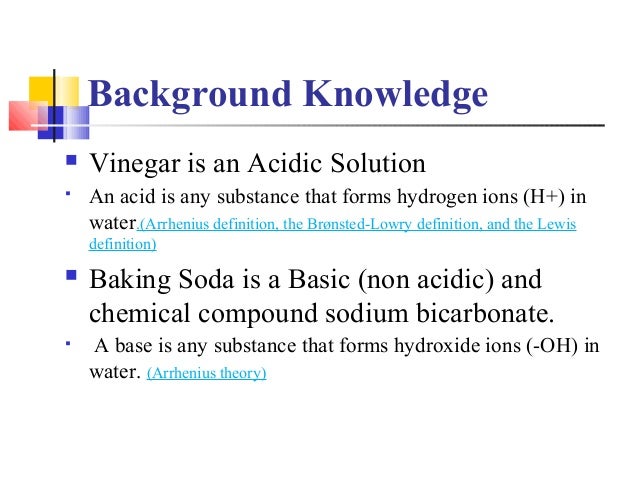



How To Inflate A Balloon Using Baking Soda And Vinegar
Vinegar is an acid and baking soda is an alkali If an acid and an alkali react with each other they produce a salt, water and hydrogen gas theBaking soda is a nontoxic, inexpensive substance you can use for many easy and fun science experiments and science fair projects Combining baking soda and vinegar introduces students as young as kindergarteners to the wonders of chemistryWhen there was only one fluid ounce of vinegar, the baking soda had to wait until there was some vinegar left over, and there was not enough vinegar to react with the baking soda The experiment disproved my hypothesis since the second trial It proved that adding more vinegar will reduce the reaction time, not increase it
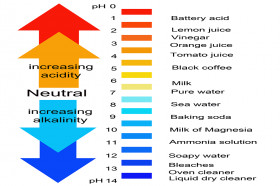



What Happens When You Mix Vinegar And Baking Soda Wonderopolis




Fibonacci Sequence Science Project
Baking soda is bicarbonate (NaHCO3) and vinegar is acetic acid (HCH3COO) One of the products this reaction creates is carbon dioxide, which makes the bubbles When the baking soda meets the vinegar, there is a chemical reaction as carbon dioxideThe experiment and result of it supported our hypothesis that the bubbles would float on top of the mixture of the baking soda and vinegar It did this because when we combined the baking soda and vinegar it had a chemical reaction that produces carbon dioxide gas Conclusion The experiment and result of it supported our hypothesis that the bubbles would float on top of the mixture of the baking soda and vinegar It did this because when we combined the baking soda and vinegar it had a
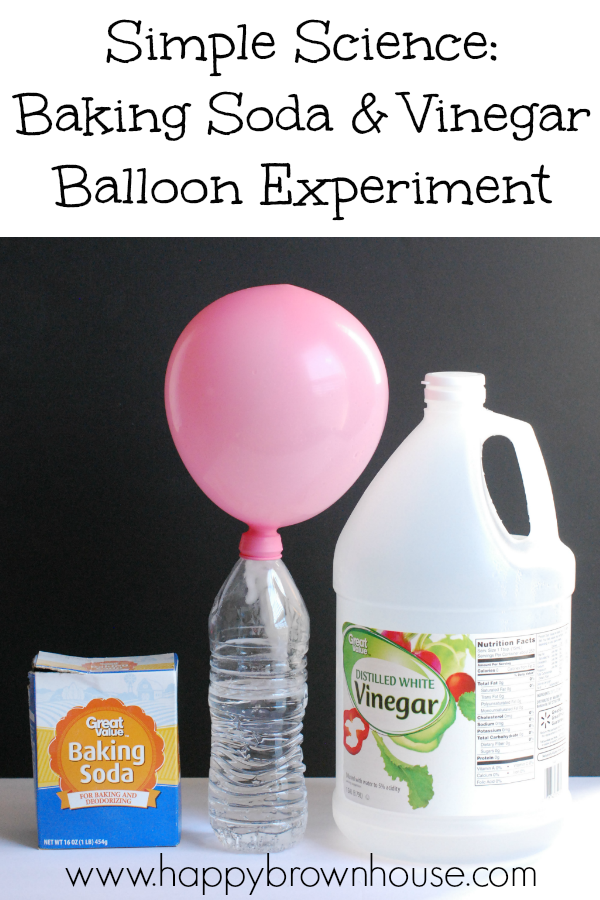



Vinegar And Baking Soda Balloon Experiment Happy Brown House




Designing An Experiment Using Baking Soda And Vinegar Pdf Free Download
The reaction between baking soda (sodium bicarbonate) and vinegar (dilute acetic acid) generates carbon dioxide gas, which is used in chemical volcanoes and other projectsHere is a look at the reaction between baking soda and vinegar and the equation for the reactionThe science, behind this balloon baking soda experiment, is the chemical reaction between the base – baking soda – and the acid – vinegar When the two ingredients mix together the balloon baking soda experiment gets its lift!This is a very fun and easy science experiment for kids!!!Hey Everyone and welcome back to the labIn thi
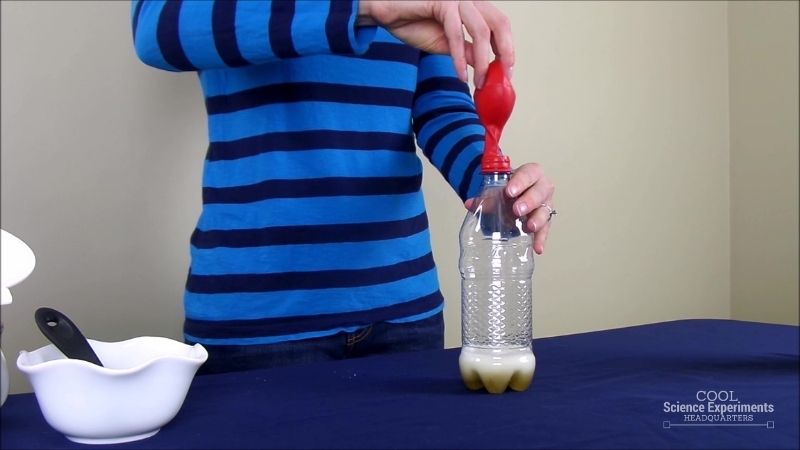



Balloon Blow Up Science Experiment




Designing An Experiment Using Baking Soda And Vinegar Pdf Free Download
Hypothesis Materials If you mix an acid and an base then it will give a good impact and blow up the object, in this case the object being the balloon A bottle Vinegar Two teaspoons of baking soda Balloon Funnel Procedure ProblemChemistry Vinegar Baking Soda (Acid Base) Chemical Reactions Science Vocabulary Chemical Reaction, Combine, Forming, Sodium Acetate, Carbon Dioxide, Gas, Experiment Baking Soda & Vinegar Experiment with Balloons – Earth Day Carrots Are Orange Children's Museum Team Balloon Blow Ups Science Experiment CMOSCHow to Blow Up a Ballon with Baking Soda & Vinegar!
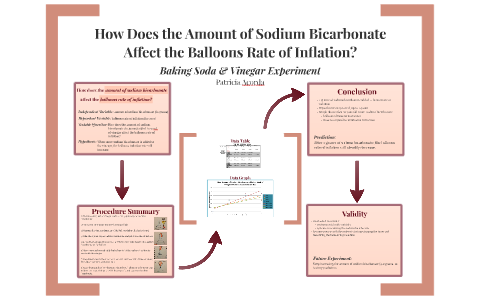



Baking Soda Vinegar Experiment By Pat Acorda




Vinegar And Baking Soda Balloon Experiment Happy Brown House
3 Stretch the open end of the balloon over the neck of the bottle Make sure it's on tight! Step 2 Add 1/3 cup vinegar to the soda bottle Step 3 Hold the mouth of the balloon open and have your child measure 3 tsp of baking soda into the balloon Don't worry if it's not exactly 3 tsp Step 4 Shake the baking soda into the "bulb" or the main part of the balloon Then, stretch the mouth of the balloon over the mouth of the Combine quick science and balloon play with our easy to set up chemistry for kids!
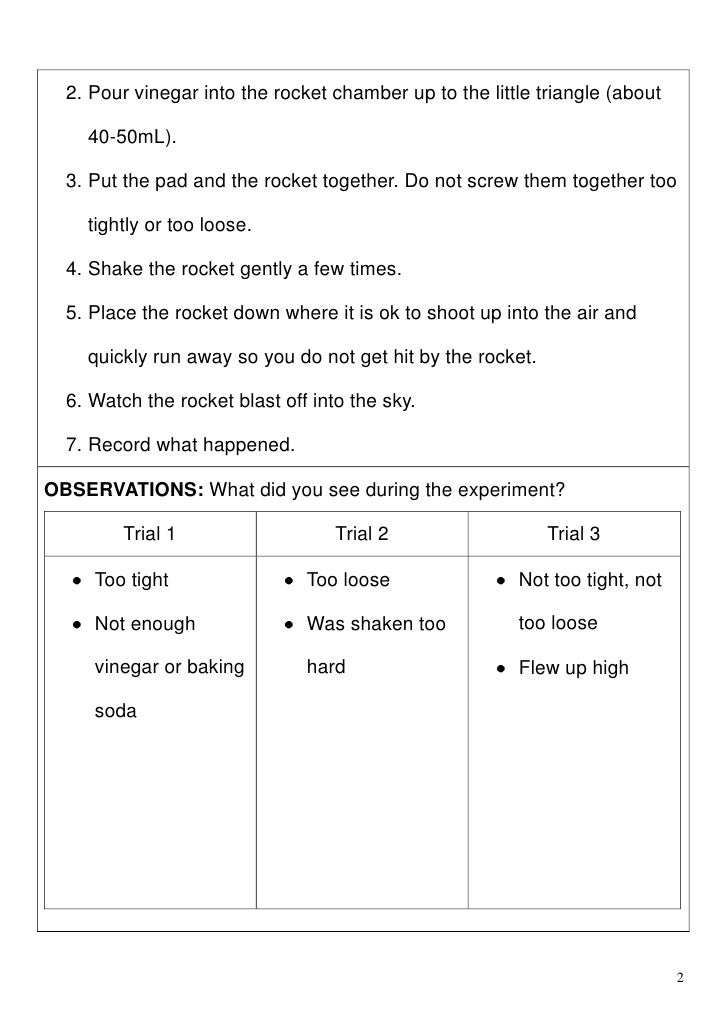



Baking Soda And Vinegar Experiment Report
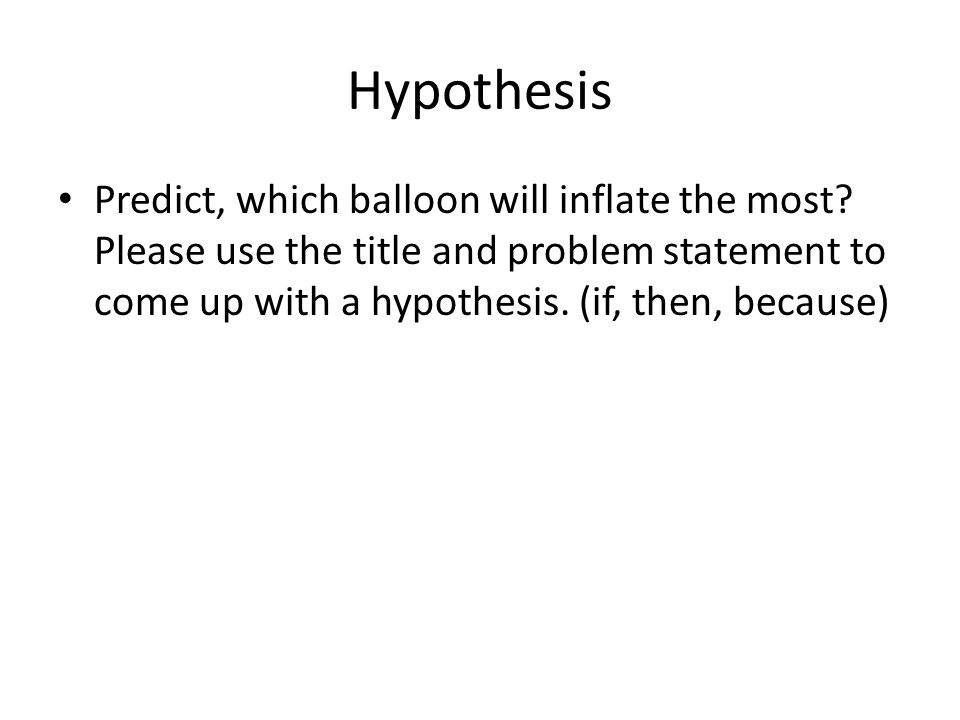



Minilab Limiting Reagents Versus Excess Reagents Ppt Video Online Download
Science Experiments for Kids – Inflating a Balloon with Baking Soda and Vinegar Step 1 Add 2 or 3 teaspoons of baking soda to the unfilled balloon Step 2 Thoroughly rinse and dry the funnel Step 3 Pour 2 or 3 teaspoons of vinegar to the water bottle using the funnel Step 4 Attach the balloon to the top of the water bottle, being The Baking Soda Balloon BlowUp Experiment Fill a water bottle onethird full of vinegar Put a funnel in the neck of a balloon, and hold onto the balloon neck and funnel Have your child pours in enough baking soda to fill the balloon halfway Slide the funnel out of the balloon and have your child hold the portion of the balloon with theThe experiment and result of it supported our hypothesis that the bubbles would float on top of the mixture of the baking soda and vinegarIt did this because when we combined the baking soda and vinegar it had a chemical reaction that produces carbon dioxide gas




The Scientific Method By Cali Ehrenberger



Science With Children Baking Soda And Vinegar Experiments
This is what I expected or this was not what I expected My second hypothesis concerning the amount of baking soda/vinegar was right/wrong My data supports this because _____ (refer to data compiled above)Chemical reaction science experiments using baking soda and vinegar are a lot of fun and are great learning opportunities In this quick and easy experiment, we are going to use an endothermic chemical reaction and the resulting carbon dioxide caused by mixing baking soda and vinegar to inflate a balloon Materials Empty plastic or glass bottle Balloon 1 cupRead More1) Measure out 150mL of vinegar and 1,2, and 3 gram cups of sodium bicarbonate 2) Pour 50mL of vinegar into an Erlenmeyer flask 3) Measure the starting diameter of the balloons (along the largest part) 4) Take the 1 gram cup of sodium bicarbonate and put it into the 1st balloon 5) Stretch balloon opening over top of Erlenmeyer flask, keeping
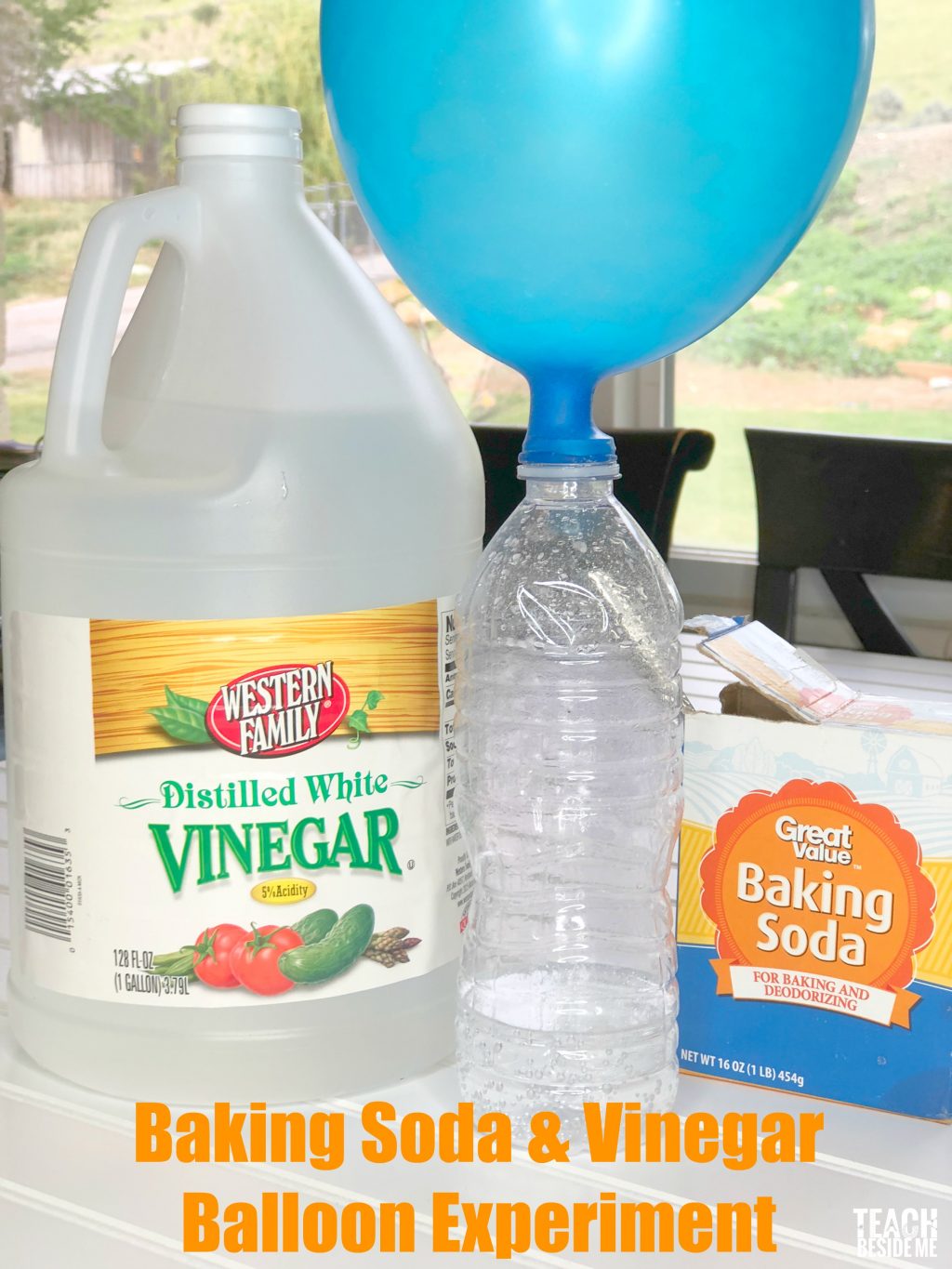



Self Inflating Balloon Baking Soda And Vinegar Balloon Experiment Teach Beside Me
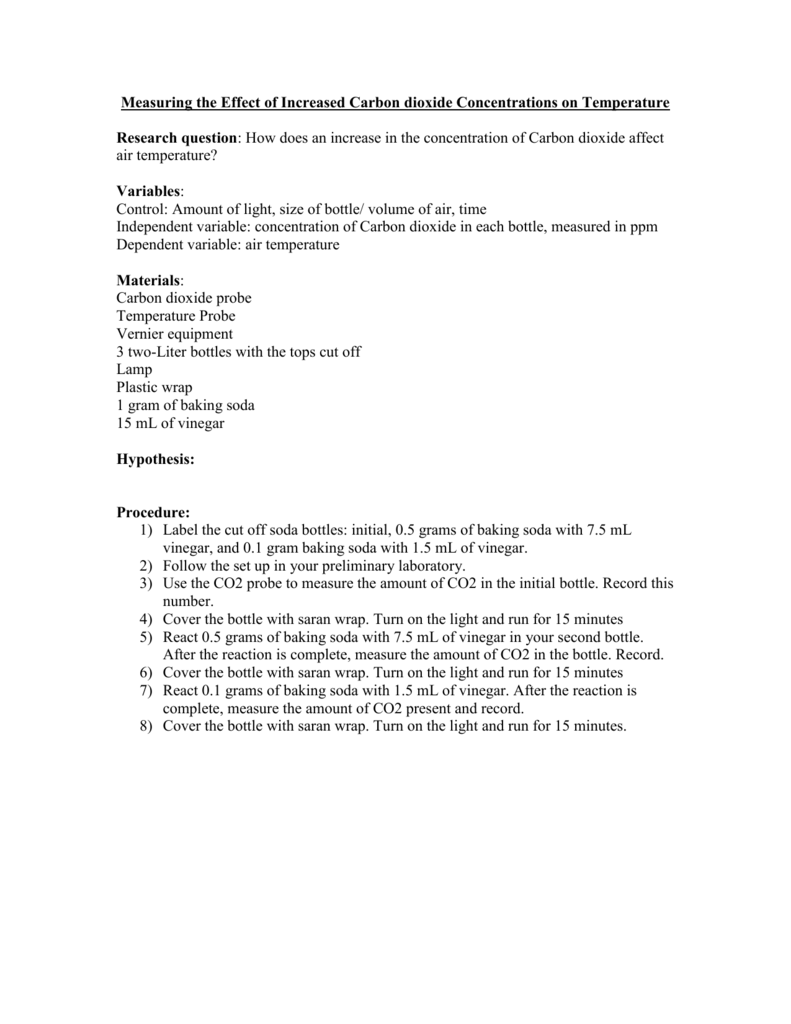



Measuring The Effect Of Increased Carbon Dioxide Concentrations On
Supplies You Will Need for the Experiment Plastic water bottle, emptied 1 Large Balloon White Vinegar Baking Soda Small Funnel Spoon TIP Before starting the experiment, you will want to stretch out the balloon to make it more loose and easier to inflatePour the vinegar into the bottle Carefully fit the balloon over the bottle opening (be careful not to drop the baking soda into the vinegar yet) Once the balloon is fitted snugly on the nozzle, hold up the balloon and allow the baking soda to fall into the vinegar Observe the chemical reaction and effect on the balloonThe hypothesis behind this experiment is very simple which involves the properties of gas The gas evolved in this experiment is used in blowing up the balloon This science experiment of balloon, vinegar and baking soda also explains that the carbondioxide is evolved when the mixture comes into contact



My Science Experiment Science Paper Research




Balloon Baking Soda Vinegar Science Experiment For Kids
Just a few simple ingredients from the kitchen and you have amazing chemistry for kids at your fingertips Re Balloons, baking soda & vinegar One idea that comes to mind is to test 1 if this reaction produces carbon dioxide, and 2 if carbon dioxide is heavier than air You first would place a small candle in a clear tall glass and light it Then in a different container such as a empty coffee can you would add 2tbs of baking soda and quicklyIn this simple science experiment, we're going to show you how to do it with only a few everyday items you probably already have in your home




Self Inflating Balloon Science Experiment



Magic Balloons Science Project Science Project Ideas
Baking soda to the soda bottle This will allow you to measure the volume of air in the soda bottle The volume of gas produced by the baking sodavinegar reaction is equal to the volume of gas measured with the reaction minus the volume of gas measured without the reaction 6 Repeat steps 310 with ½ tsp of baking sodaThe variable that is changed in an experiment1 day ago Baking soda and vinegar should have been able to blow up the ballon every time However, you should have observed that the balloon at room temperature blew up significantly faster than the cold balloon When vinegar and baking soda mix, they create the gas carbon dioxide and water The carbon




Use Vinegar And Baking Soda To Blow Up A Balloon Discovery Express




Rubric For Take Home Labs
Baking Soda Vinegar Balloons Funnel Spoon Bottle (preferably clear, so the reaction inside will be visible) Gather the necessary supplies, and use a funnel to add a few spoonfuls of baking soda to a balloon Next, use the funnel to add vinegar to an empty bottle About 2 inches in the bottom of the bottle should be enough, but allow When baking soda is mixed with vinegar, something new is formed The mixture quickly foams up with carbon dioxide gas If enough vinegar is used, all of the baking soda can be made to react and disappear into the vinegar solution Sodium bicarbonate and acetic acid reacts to carbon dioxide, water and sodium acetate Best Answer Copy The most basic observation would be that mixing baking soda and vinegar causes a chemical reaction the results in part of the solution becoming a gas Wiki User ∙
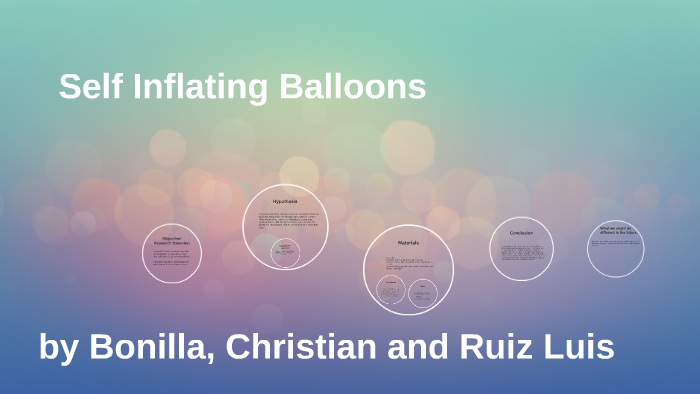



Self Inflating Balloons By Christian Bonilla




Chemical Or Physical Change Perkins Elearning
Baking soda vinegar balloon experiment worksheet pdf Can you blow up a balloon without using your mouth?The dependent variable is the balloons inflation ( it is depended on the vinegar and baking soda) The independent variable is the amount if vinegar and baking soda used in the experiment Independent variable Any variable whose value is not dependent on any other in the equation;




Rocket Experiment Conceptual Physics Mahidol University International Demonstration




How To Make A Heavy Balloon Introduction We




Designing An Experiment Using Baking Soda And Vinegar Pdf Free Download
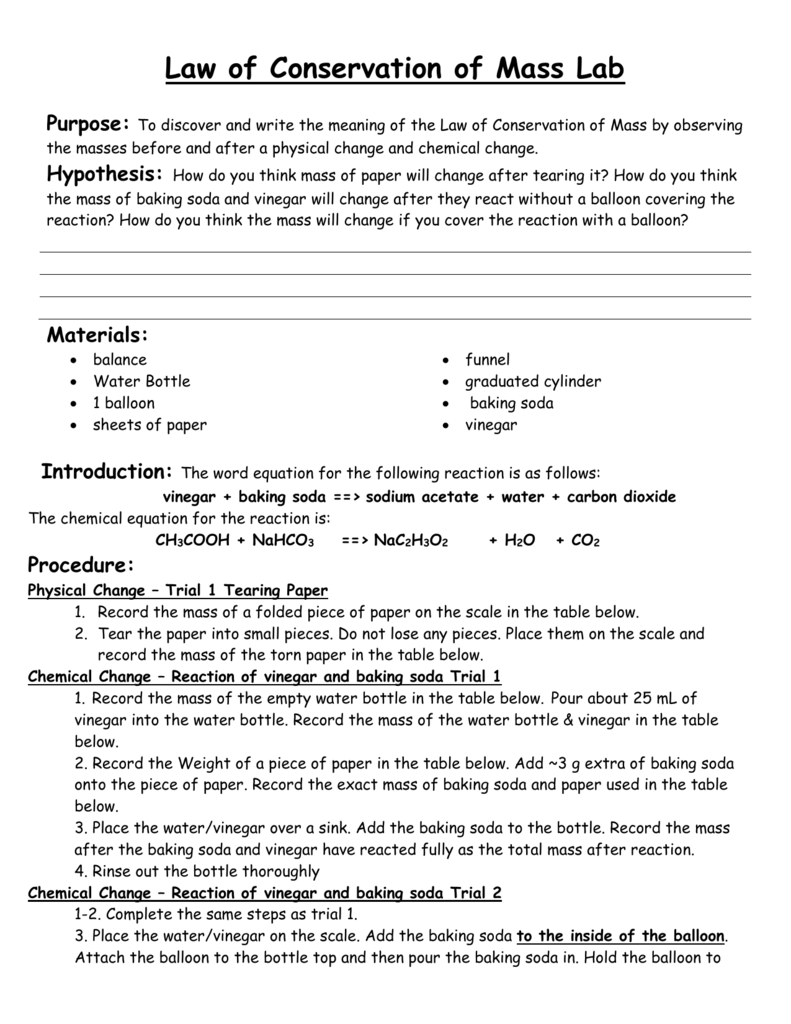



Law Of Conservation Of Mass Lab Purpose




Science Project How To Inflate Up A Balloon With Liquid Ppt Video Online Download




Gases Pdf Gases Experiment




Task My Own Science Experiment
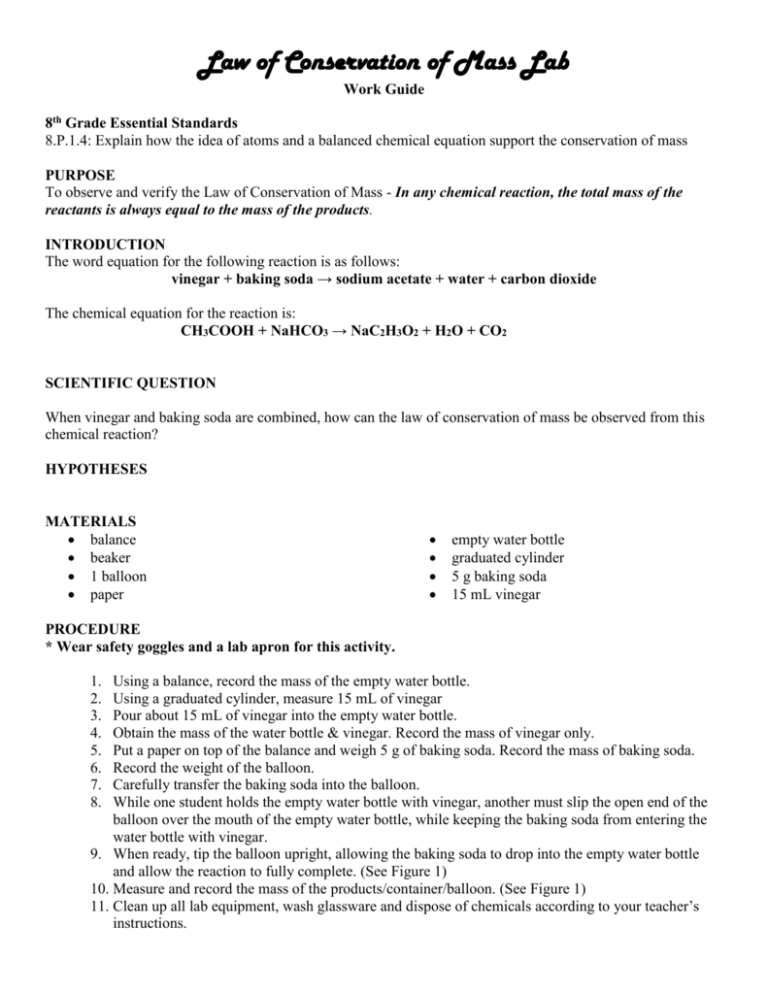



Law Of Conservation Of Mass Lab




Limiting Reagent Lab The Reaction Between Vinegar Chegg Com




Kim S Self Inflating Balloon Experiment Kesta Fleming




Balloon Baking Soda Vinegar Science Experiment For Kids




Baking Soda And Vinegar Balloon Experiment Science Project Education Com



Science Lab Science Isn
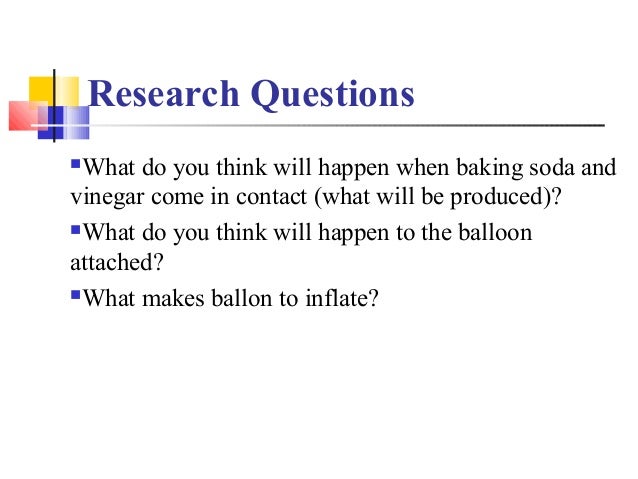



How To Inflate A Balloon Using Baking Soda And Vinegar




Baking Soda Vinegar Balloon Experiment Youtube




Ppt Minilab Limiting Reagents Versus Excess Reagents Powerpoint Presentation Id



Vinegar And Baking Soda Balloon Experiment



1




Baking Soda And Vinegar Balloons




Science The Scientific Method Lesson 3 The Scientific Method Balloon Experiment Ppt Download




Controlling The Amount Of Products In A Chemical Reaction Chapter 6 Chemical Change Middle School Chemistry




Baking Soda And Vinegar Reaction Earth Day Science Experiment




Balloon Baking Soda Vinegar Science Experiment For Kids




Blowing Balloon Using Vinegar Baking Soda Experiment Science Fair Project Youtube
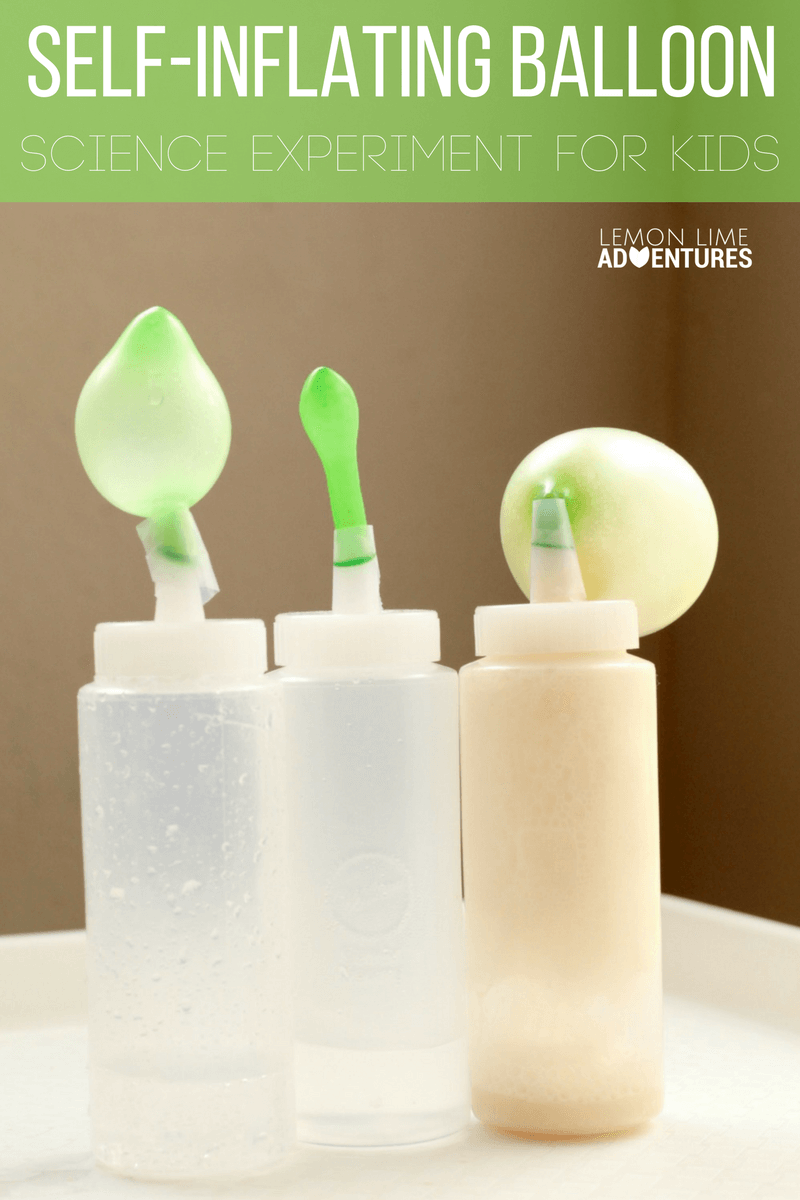



Self Inflating Balloon Science Experiment
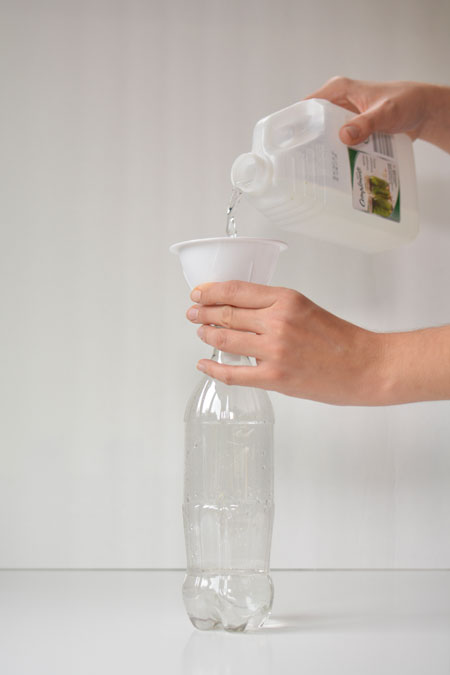



Baking Soda And Vinegar Balloons




Please Help I Don T Have Time Or The Ingredients To Do The Experiment Materials Baking Brainly Com




Designing An Experiment Using Baking Soda And Vinegar Pdf Free Download
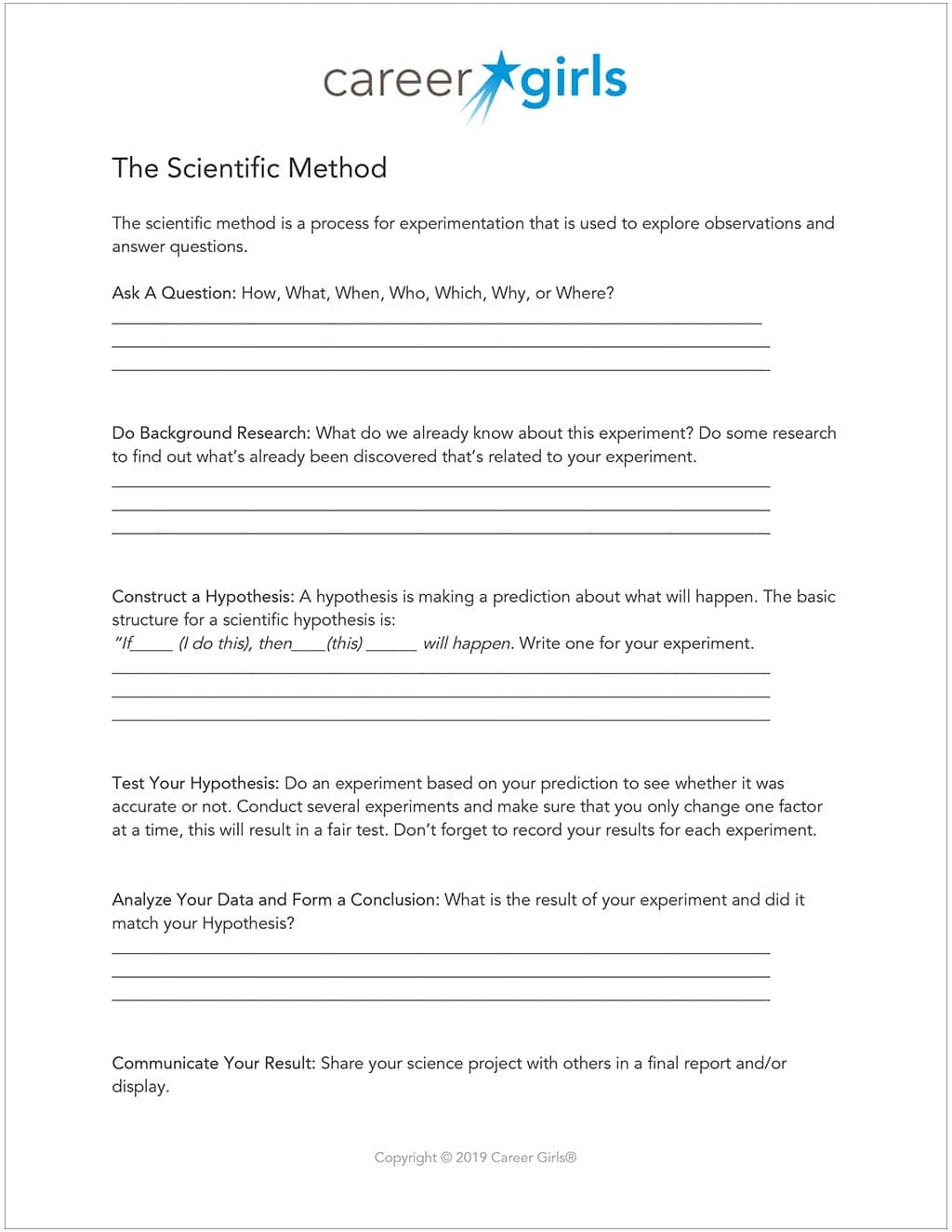



Inflate A Balloon Career Girls
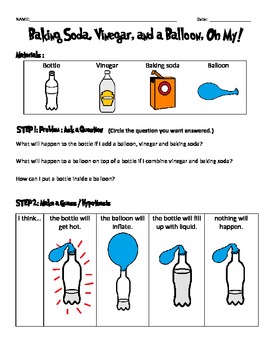



Baking Soda Vinegar And A Balloon Oh My Scientific Method Data Sheet
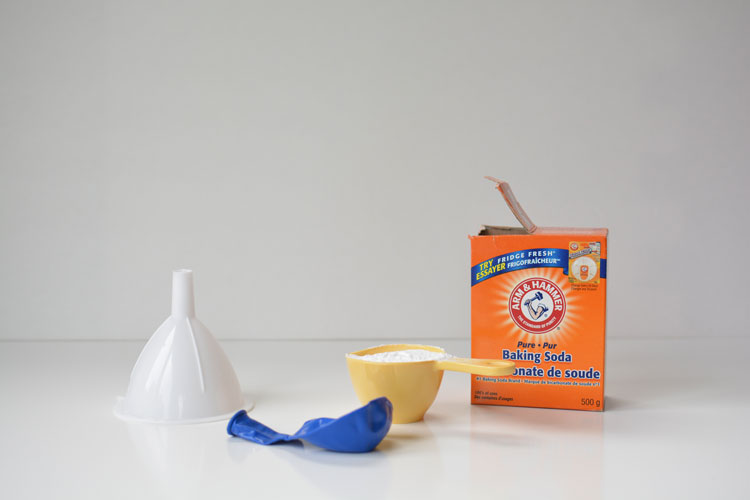



Baking Soda And Vinegar Balloons




Self Inflating Balloon By Adoomi Zh
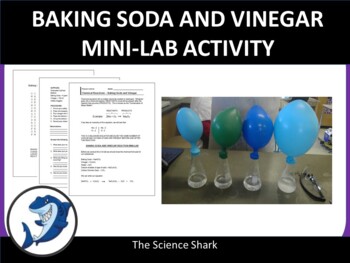



Baking Soda And Vinegar Worksheet Teachers Pay Teachers




Middle School Science Expo This Week Wdc Public Schools




Blow It Up Room 118 Blow It Up Room 118 Can You Inflate A Balloon Without Using Your Mouth Question Ppt Download
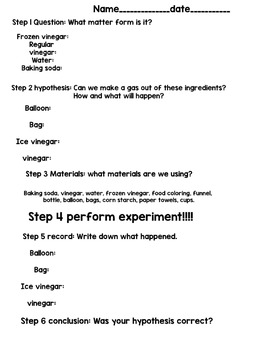



Matter Forms Baking Soda And Vinegar By Stephanie Garcia Tpt



Crestsciencefair Baking Soda And Vinegar Reactions




Baking Soda Vinegar Balloon Experiment The Go To List



Blowing Up Balloons With Co2 A Unique Hands On Science Night




Rocket Experiment Conceptual Physics Mahidol University International Demonstration



1
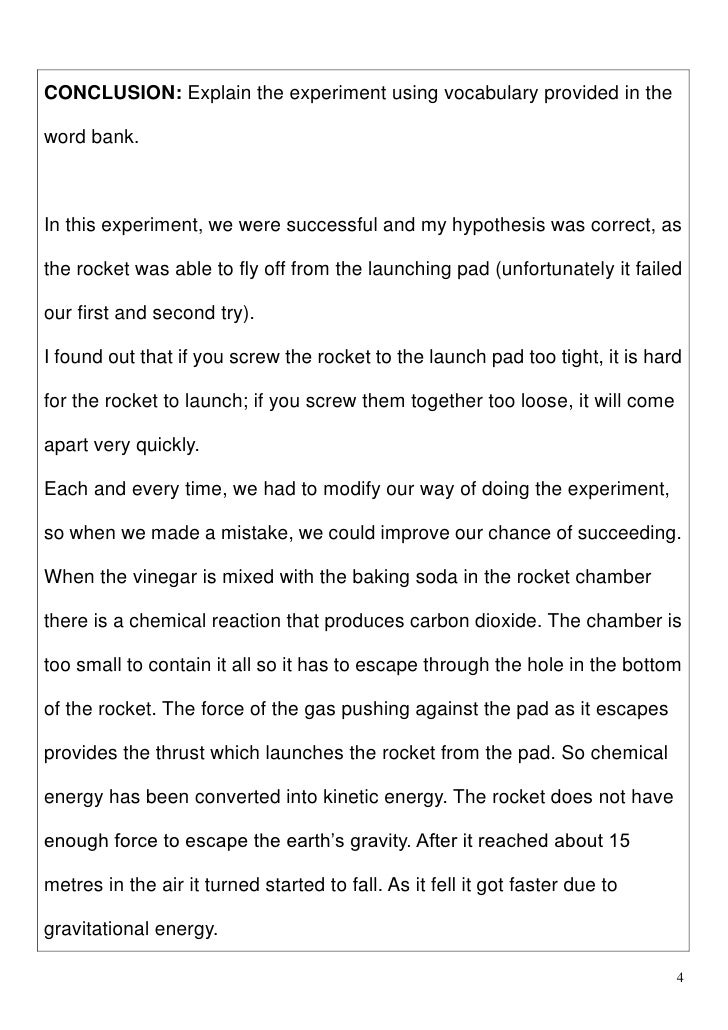



Baking Soda And Vinegar Experiment Report




Vinegar And Baking Soda Experiment Lesson Plans Worksheets




Pdf Baking Soda And Vinegar Rockets



Science Fair Display Ideas For Preschoolers Teachersmag Com
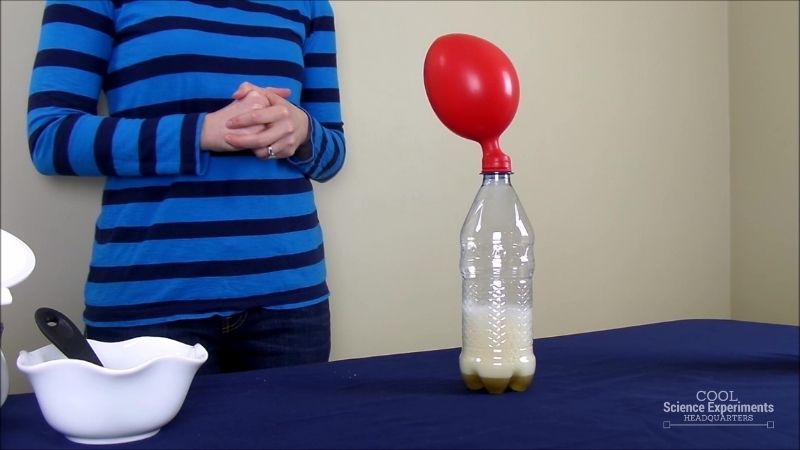



Balloon Blow Up Science Experiment




Baking Soda And Vinegar Experiment By Jruby158
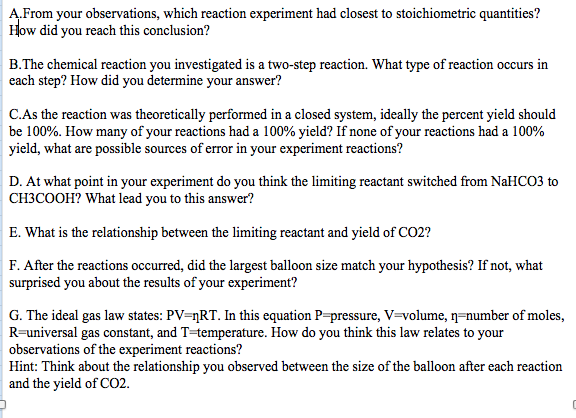



Solved I Just Completed An Online Biochem Lab And I Am Chegg Com
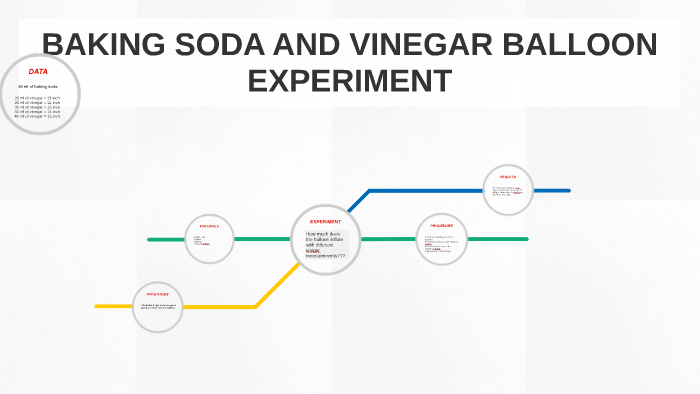



Baking Soda And Vinegar Balloon By Katie Guilbert




Expanding Balloon Room Ppt Download




Vaiala Beach School Samoa Introducing Scientist Isabella




Balloon Baking Soda Vinegar Experiment For Kids Bilingual Education Activities



Balloon Experiments A Unique Hands On Science Night
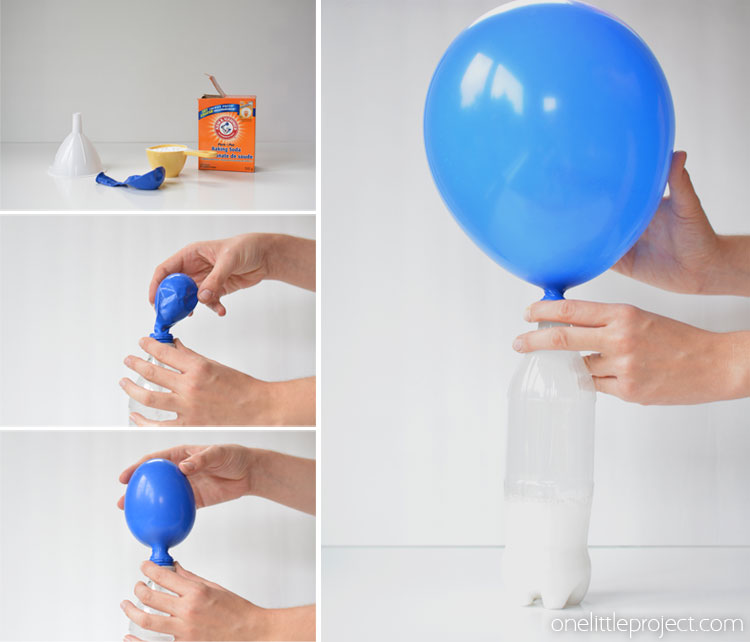



Baking Soda And Vinegar Balloons
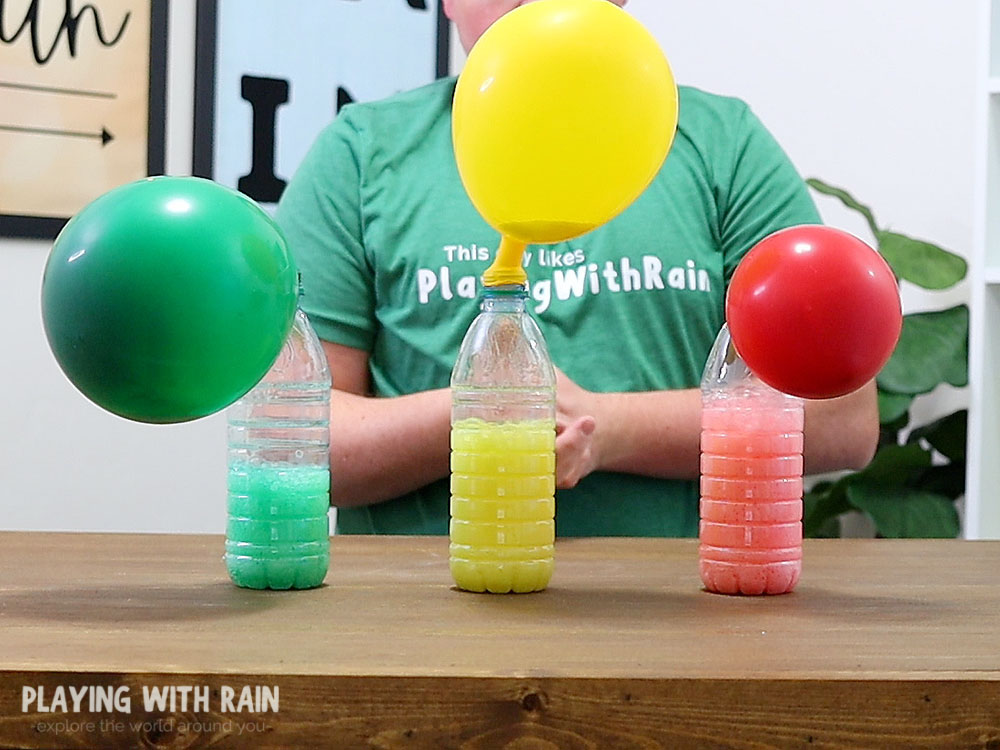



Baking Soda And Vinegar Balloon Experiment
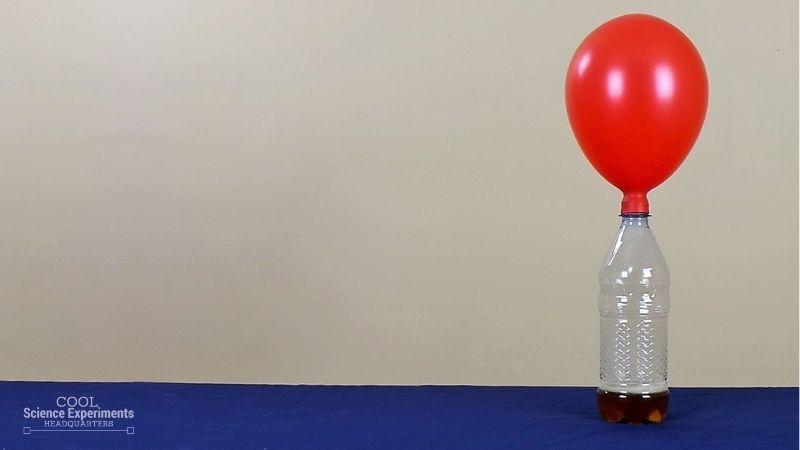



Balloon Blow Up Science Experiment




Mom To 2 Posh Lil Divas Blow It Up Exploring Gas With Balloons Baking Soda Vinegar
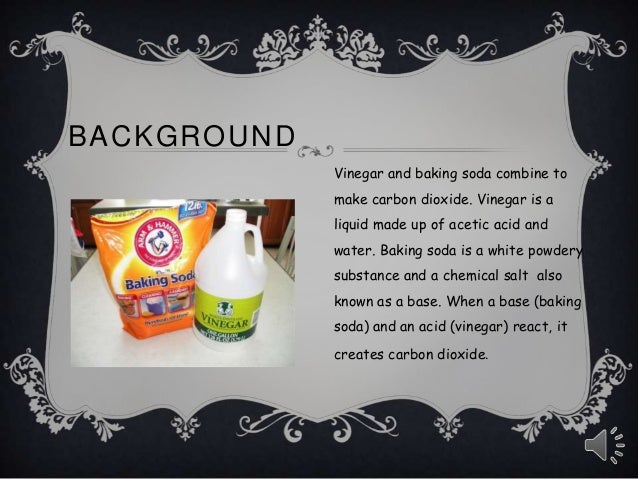



Experimental Report Heavy Balloons




Baking Soda And Vinegar Experiment Report
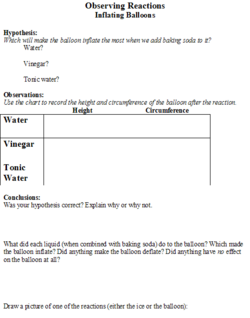



Observing Reactions Wikieducator




Baking Soda And Vinegar Lab Report Docx Baking Soda And Vinegar Lab Report Research Question What Is The Effect That Baking Soda Has On The Volume Of Course Hero
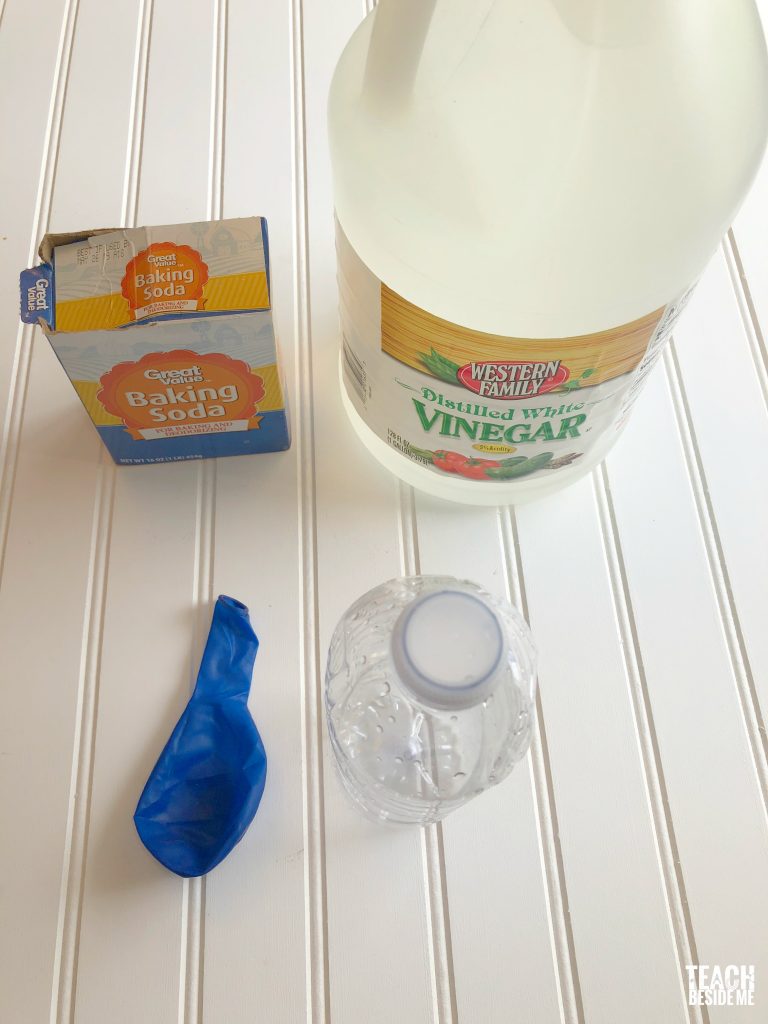



Self Inflating Balloon Baking Soda And Vinegar Balloon Experiment Teach Beside Me




Baking Soda And Vinegar S Reaction Perkins Elearning



1




Balloon Baking Soda Vinegar Science Experiment For Kids
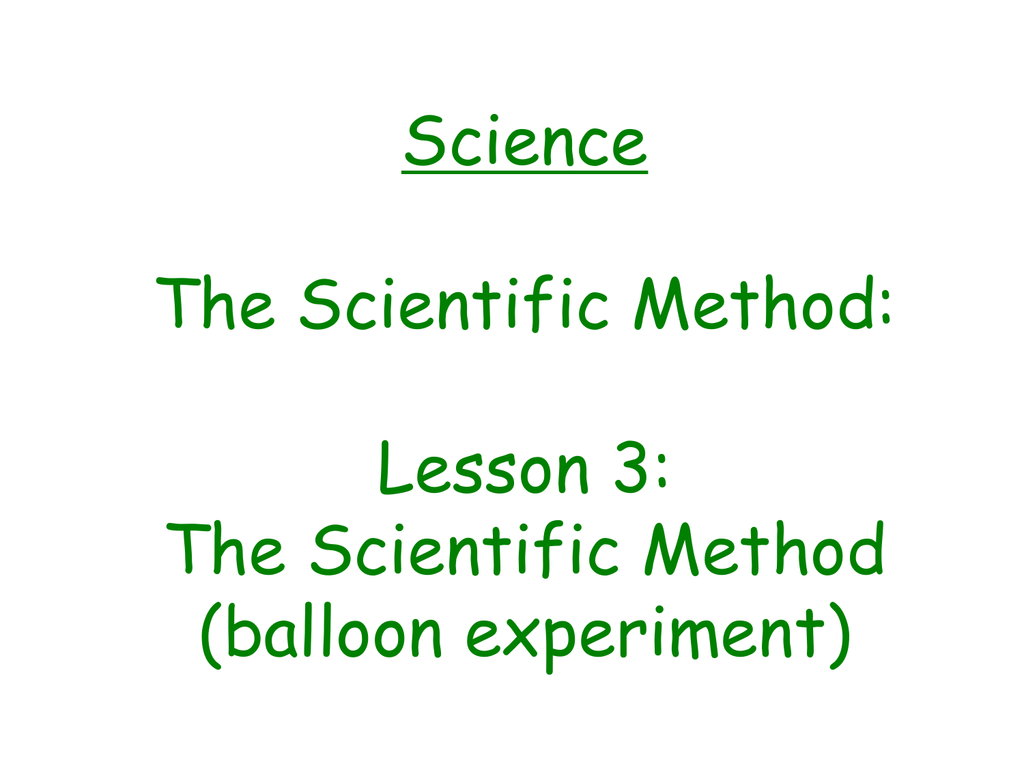



Lesson 3 Balloon Experiment
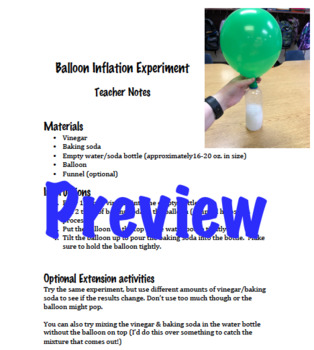



States Of Matter Balloon Inflation Experiment Baking Soda Vinegar




Self Inflating Balloon Experiment Worksheet By Sissy S School House
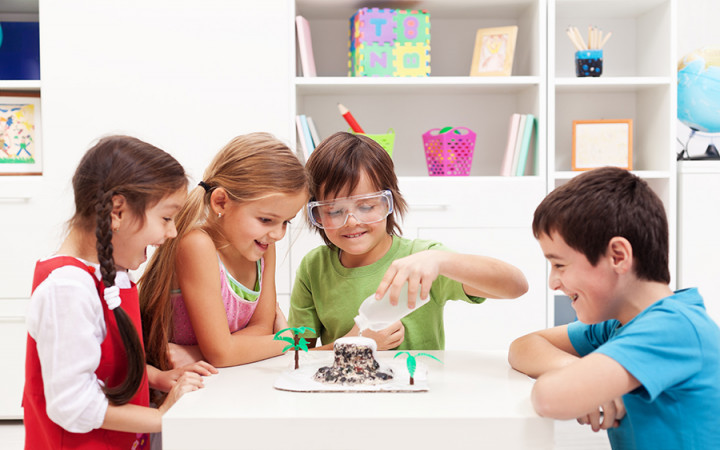



What Happens When You Mix Vinegar And Baking Soda Wonderopolis




Science Fair Training Presented By Ms Valencia Scroggins 5 Th Grade Science Teacher Ppt Download




Sodium Bicarbonate And Vinegar Lab Report Adityabindra Yumamizushima Margaretmazurek Aneribarvalia Weberp 3 Backgroundknowledge Bakingsoda Course Hero



Blowing Up Balloons With Co2 A Unique Hands On Science Night




Colin S Dynamic Discoveries Final Thoughts On The Science Fair




Balloon Baking Soda Vinegar Experiment For Kids Bilingual Education Activities




Simple Baking Soda And Vinegar Science Experiments For Kids




Balloon Baking Soda Vinegar Experiment For Kids Bilingual Education Activities
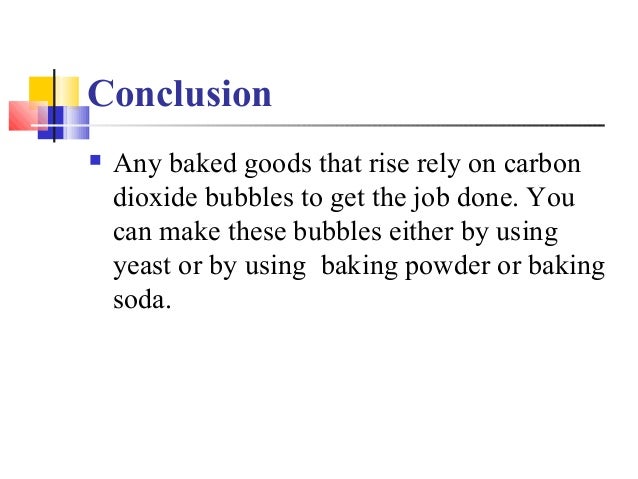



How To Inflate A Balloon Using Baking Soda And Vinegar




11 Docx Title Self Inflating Balloon Problem Statement Does A Balloon Blow If You Put Baking Soda And Water Together Hypothesis If You Had Baking Soda Course Hero
コメント
コメントを投稿